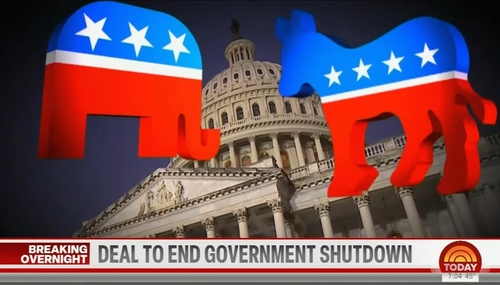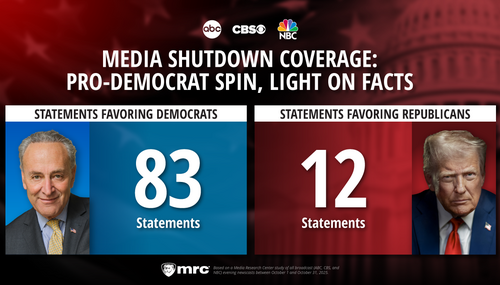Scary sushi? That was the gist of Wednesday's front-page story by health reporter Marian Burros, "High Mercury Levels Are Found In Tuna Sushi Sold in Manhattan." A front-page photo caption warned: "Tuna sushi is a popular item in New York but may be risky."
It remains the Times's most e-mailed story as of Thursday afternoon, so it's no doubt an issue near and dear to the heart of Manhattan's liberal elite gourmands -- who might be just a little less sophisticated (at least in matters of science) than they think they are.
"Recent laboratory tests found so much mercury in tuna sushi from 20 Manhattan stores and restaurants that at most of them, a regular diet of six pieces a week would exceed the levels considered acceptable by the Environmental Protection Agency.
"Sushi from 5 of the 20 places had mercury levels so high that the Food and Drug Administration could take legal action to remove the fish from the market. The sushi was bought by The New York Times in October.
"'No one should eat a meal of tuna with mercury levels like those found in the restaurant samples more than about once every three weeks,' said Dr. Michael Gochfeld, professor of environmental and occupational medicine at the Robert Wood Johnson Medical School in Piscataway, N.J.
"Dr. Gochfeld analyzed the sushi for The Times with Dr. Joanna Burger, professor of life sciences at Rutgers University. He is a former chairman of the New Jersey Mercury Task Force and also treats patients with mercury poisoning."
The Center for Consumer Freedom eviscerated the story point by point, including this vital scientific omission:
"The Times neglected to inform readers that the Food and Drug Administration's methylmercury 'Action Level' (1.0 part per million) includes a generous ten-fold safety cushion. FDA has written that the Action Level 'was established to limit consumers' methyl mercury exposure to levels 10 times lower than the lowest levels associated with adverse effects.' In reality, the highest-mercury sample reported by the Times (1.4 ppm) contains less than one-seventh the amount of mercury that might be a cause for health concern."
The Center called for a retraction of the "botched" story:
Undaunted, the Times followed up on Thursday with an editorial, "Tuna Troubles."
"Many New Yorkers have come to love the convenience, taste and aesthetic appeal of sushi. But as The Times reported Wednesday after testing tuna from 20 Manhattan stores and restaurants, sushi made from bluefin tuna may contain unacceptable levels of mercury, which acts as a neurotoxin. Every piece of that tuna, glistening on its bed of rice, is a report on the worrisome state of the oceans."
On a conference call, Mary Ann Hansan of the National Fisheries Institute said Burros's story on the alleged risks of eating tuna sushi put the "public at serious disadvantage in terms of information and knowledge," calling it a "very one-sided and misguided representation about the truth of the safety of fish," while noting the "benefits associated with fish are real, and the theoretical risks are presented in such a way that the risks that are unproven take on the total focus of the story, as far as sourcing and objectivity in the way which it's presented."
NFI's Randi Thomas pointed out that "never in the United States has there been a single documented case of mercury toxicity." Contradicting Burros's claim that "Mercury enters the environment as an industrial pollutant," Thomas pointed to "studies that have shown almost all the mercury in tuna is actually naturally occurring from underwater volcanic activity."
The NFI is calling for five specific corrections to Burros's story.




